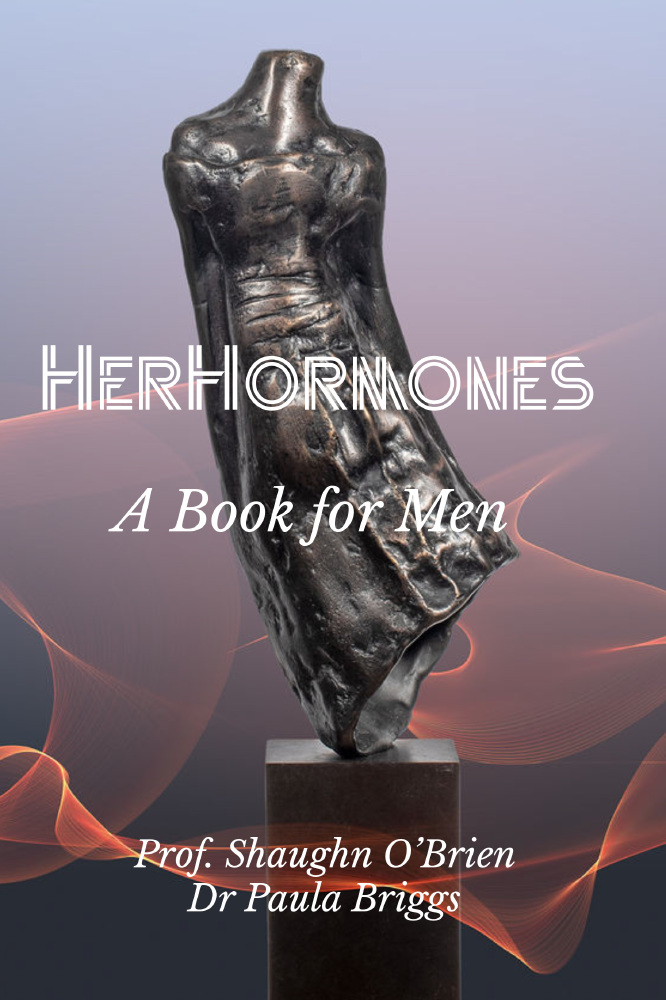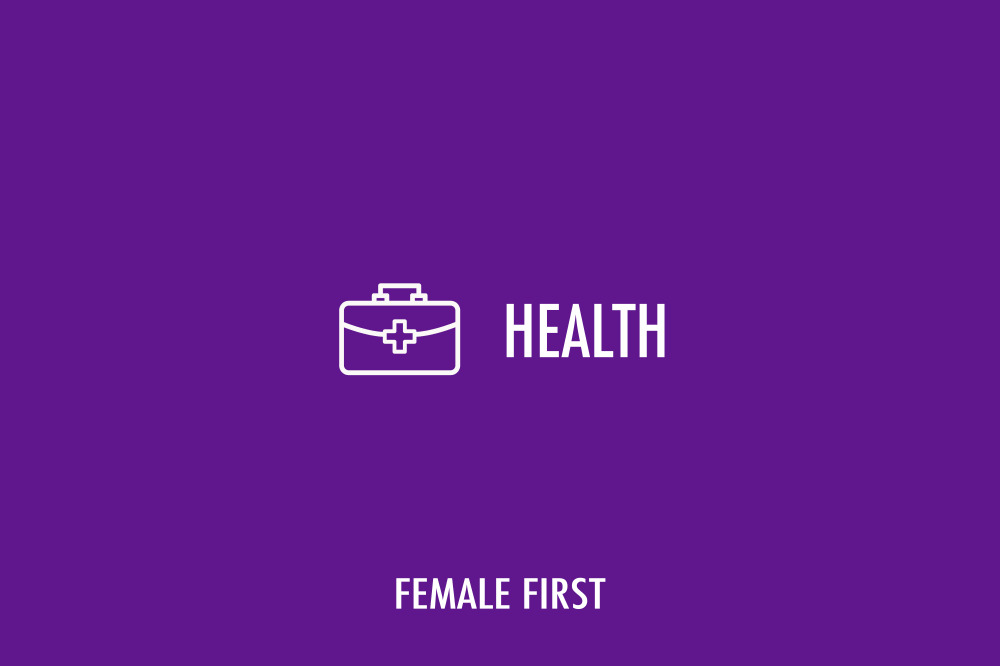National Menopause Day was on the 18th October and with it came a slew of well-known women talking about the effects of their hormones on their life. It’s a conversation that has been overdue. For many, the very real and sometimes devastating effects of hormones on women’s (and men’s) lives have been brushed aside. The fact that more women are speaking openly about the effects their hormones have on their lives is to be applauded.

Her Hormones: A Book For Men
But should men be taking more of an active role in understanding them too? Professor Shaughn O’Brien, a former Vice President of the of the Royal College of Gynaecologists and Obstetricians, Consultant Obstetrician and Gynaecologist at the University Hospital of North Staffordshire and Chairman of the Chairman of the International Society for Premenstrual Disorders and women’s health expert Dr. Paula Briggs have written the first book about women’s hormones specifically for men. If men understand your hormones and their associated problems better, then they should understand you and your problems better.
Here are their top eight things you may not already know about your hormones and should definitely be talking to your partner about:
1. Not everything is due to your hormones and it is important not to blame them when your problems are due to other things. One factor in making a diagnosis of PMDD and PMS is that symptoms occur in the week or two leading up to the period. The critical key to the diagnosis, however, is that these symptoms disappear soon after the period for at least a week. If they persist after the period then it is almost certainly a different disorder. There is an App – PreMentricS, which can help elucidate this - it must be completed every day.
2. Many GPs and Psychiatrists misdiagnose PMS and PMDD as bipolar disorder and borderline personality disorder. Relief from symptoms after the period will clarify that this is not the correct diagnosis. Often many years go by before the hormonal association is recognised.
3. Whilst removing the uterus (at hysterectomy) gets rid of periods it does not get rid of PMDD and PMS because the hormone cycles continue in the ovary.
Removing the ovaries, on the other hand, will prevent symptoms of PMS/PMDD. This is only very rarely necessary, but it is curative. It is essential to have the uterus removed at the same time as the ovaries as, if the uterus is left, a progestogen will be needed in addition to oestrogen as hormone replacement therapy. This is to prevent cancer, but it will almost always bring back the symptoms of PMS/PMDD.
4. Having polycystic ovaries on a scan is nothing to worry about. A fifth of women have this type of ovary – it is normal for them. When this type of ovary is associated with symptoms like irregular periods or hirsutism (hairiness) it is then called Polycystic Ovarian Syndrome (PCOS). This may be associated with subfertility. In women who are overweight with PCOS (and this is common), weight loss is an important part of the management plan.
5. Endometriosis can cause extremely heavy, painful periods, pain during sex and fertility problems. It is due to tissue almost exactly like the lining of the womb (which is shed every month as the period) being located in the wrong place such as on the ovaries, fallopian tubes, bladder, bowel and even (rarely) in the nose, lung or umbilicus. It can be difficult to diagnose and every case of severe dysmenorrhoea (abnormally painful period) should be considered due to endometriosis until proved otherwise. Diagnosis almost always requires a laparoscopy (keyhole camera investigation).
6. Going through the menopause is normal and occurs in all women usually between the ages of 45 and 55. The ovaries stop producing the hormones oestrogen and progesterone. Lack of oestrogen can cause classical menopausal symptoms such as hot flushes, night sweats, difficulty sleeping and coping. Longer term, oestrogen deficiency can affect bone quality and cardiovascular health. Up to eighty per cent of women will develop urogenital atrophy (thinning) due to the effect of lack of oestrogen on the vagina and bladder.
7. The perimenopause is the time when ovaries start to malfunction! This is problematic for many women as hormone levels fluctuate and typical menopause symptoms as well as heavy irregular periods are often worst at this time.
8. The Progestogen Intrauterine System [IUS - Mirena] can be used to treat heavy periods and for most women it is very effective. It can also be used together with oestrogen (which stops ovulation) to treat PMDD and it can be used with oestrogen to manage the menopause. It provides contraception for those final reproductive years, a time when a pregnancy is usually unwelcome. Very rarely the progestogen from the IUS can be absorbed and cause continuous PMS-like symptoms (hardly anyone knows about this).
RELATED: Could your hormones be making you tired?
Hormones are special chemical messengers, travelling around the body in the bloodstream, between cells and organs. They affect different functions from growth and development to mood and how well we sleep. Women and men experience a drop in hormones as we age, for women, it is the reduction in progesterone and estrogen which can cause problems... to read more click HERE


